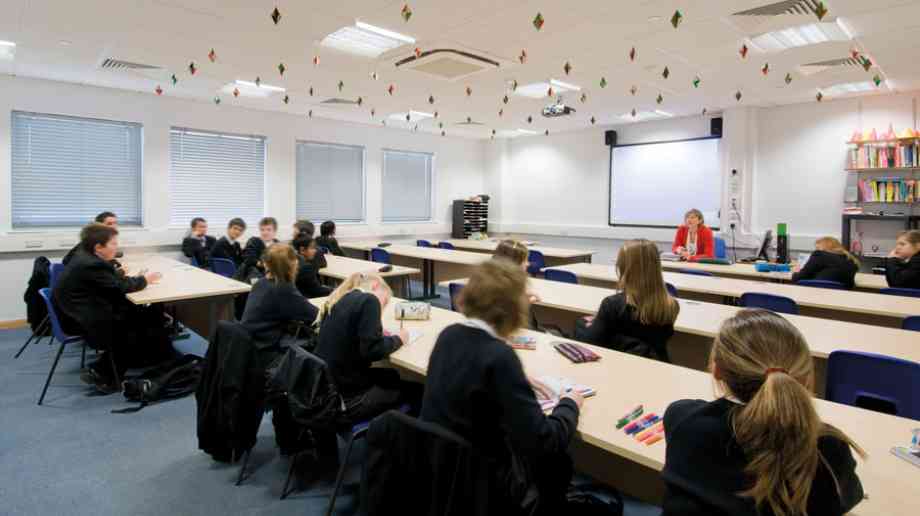Throw some speakers up and smack a TV on the wall. Job done? Think again. The best audio-visual experiences have a thoughtful design. It’s about more than technology. It’s about making technology work as well as possible.
The aim of audiovisual design is to provide an optimal user experience. There’s a reason why cinemas spend hundreds of thousands of pounds on audiovisual design – because great experiences keep people coming back for more.
What is audiovisual design?
There’s some confusion about this. The confusion lies in people referring to audiovisual as both a hardware project and a software project. In this article, we will focus on hardware, or how audiovisual equipment works together.
In a nutshell, audiovisual design involves making technology work as well as possible. This requires consideration for the space people use and how they are going to use it. The technology matters but comes secondary to use case. We want audiovisual equipment to be a joy to use no matter who is using it.
Why is good audiovisual design important?
Have you ever watched a film while walking around a room? Chances are, you missed bits of dialogue because you couldn’t hear it. Or you couldn’t see the screen properly. These are by-products of distance usually, limited by room size. Audiovisual design is about making space usable more of the time for more people.
Whether we are talking about a meeting room that uses a 4K video bar and stereo speakers or a cinema that uses a 4K projector and hundreds of speakers, good audio visual design matters to provide an optimal experience. Experience matters.
Audiovisual design techniques
Our point about throwing some speakers up and smacking a TV on the wall wasn’t made entirely in jest. Good AV design involves careful consideration for technology, the user and the environment these two elements interact in.
CAD drawings
The innovation of computer-aided design (CAD) software enables us to produce realistic drawings that cover all elements of a system’s technical design. CAD drawings are useful for concepting. Designs can be 2D or 3D or both.
VR
Virtual reality (VR) headsets bring CAD drawings to life in 3D. Although a newer technology, it’s one of the best for visualising designs. This makes it a favourite with architects. We don’t use it often but we’re seeing it more and more.
Schematics
Schematics are diagrams with pictures that show system connections. They enable building work to proceed with clear instructions. All AV projects should have detailed schematics that are custom-designed for the room.
How to achieve great audiovisual design
Here are 3 tips for achieving great audiovisual design:
Collaborate with an expert
KPMS has helped hundreds of businesses transform meeting rooms and boardrooms with great AV design. We supply the latest technologies and design systems that deliver the best user experience. All our systems are also future proof.
Delay obsolescence
Future-proofing is an essential part of good AV design. Technological obsolescence occurs naturally over time, but we can delay it with new technologies. Your system should be easily upgradeable with the latest connectivity ports.
Low maintenance matters
You don’t want a high-maintenance audio-visual system. Your audiovisual equipment should require no upkeep whatsoever other than standard electrical checks. The equipment we supply comes with a warranty and is made to last.
Get in touch for helpful AV design advice
Our extensive product range and vast experience make us an excellent choice in helping you achieve your goals. For help and advice, call our audiovisual sales team on 0845 4509770 or email us at info@kpms.co.uk and we’ll get back to you.



